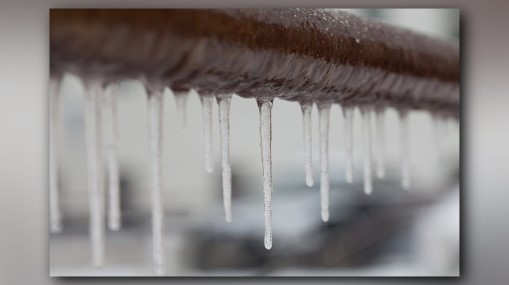Tips to Safeguard Pipes from Freezing: Expert Advice
Tips to Safeguard Pipes from Freezing: Expert Advice
Blog Article
How do you actually feel in regards to Preventing and dealing with frozen pipes?

Winter can damage your pipes, specifically by freezing pipes. Below's exactly how to prevent it from occurring and what to do if it does.
Introduction
As temperature levels decline, the danger of frozen pipes boosts, possibly bring about pricey repair services and water damages. Comprehending how to stop icy pipes is crucial for home owners in chilly environments.
Comprehending Frozen Pipelines
What causes pipes to ice up?
Pipes ice up when exposed to temperature levels below 32 ° F (0 ° C) for prolonged durations. As water inside the pipelines freezes, it broadens, taxing the pipe walls and possibly creating them to burst.
Dangers and problems
Icy pipes can result in water disruptions, residential property damages, and pricey repairs. Burst pipes can flood homes and cause considerable structural damage.
Signs of Frozen Pipeline
Determining frozen pipes early can avoid them from bursting.
How to identify frozen pipelines
Seek lowered water circulation from taps, unusual odors or noises from pipelines, and noticeable frost on subjected pipes.
Prevention Tips
Shielding prone pipes
Wrap pipelines in insulation sleeves or utilize heat tape to protect them from freezing temperatures. Focus on pipelines in unheated or external locations of the home.
Home heating techniques
Keep interior spaces appropriately heated, particularly locations with plumbing. Open closet doors to permit warm air to circulate around pipelines under sinks.
Securing Exterior Plumbing
Garden tubes and outside taps
Disconnect and drain yard tubes prior to winter season. Mount frost-proof faucets or cover exterior taps with insulated caps.
What to Do If Your Pipes Freeze
Immediate actions to take
If you suspect frozen pipes, keep taps open to alleviate pressure as the ice melts. Use a hairdryer or towels taken in warm water to thaw pipelines slowly.
Long-Term Solutions
Structural adjustments
Consider rerouting pipes away from outside walls or unheated locations. Include added insulation to attic rooms, cellars, and crawl spaces.
Updating insulation
Purchase top notch insulation for pipes, attics, and wall surfaces. Proper insulation assists keep constant temperatures and lowers the danger of icy pipes.
Verdict
Stopping frozen pipelines calls for proactive measures and fast feedbacks. By comprehending the reasons, signs, and preventive measures, house owners can secure their plumbing throughout cold weather.
5 Ways to Prevent Frozen Pipes
Drain Outdoor Faucets and Disconnect Hoses
First, close the shut-off valve that controls the flow of water in the pipe to your outdoor faucet. Then, head outside to disconnect and drain your hose and open the outdoor faucet to allow the water to completely drain out of the line. Turn off the faucet when done. Finally, head back to the shut-off valve and drain the remaining water inside the pipe into a bucket or container. Additionally, if you have a home irrigation system, you should consider hiring an expert to clear the system of water each year.
Insulate Pipes
One of the best and most cost-effective methods for preventing frozen water pipes is to wrap your pipes with insulation. This is especially important for areas in your home that aren’t exposed to heat, such as an attic. We suggest using foam sleeves, which can typically be found at your local hardware store.
Keep Heat Running at 65
Your pipes are located inside your walls, and the temperature there is much colder than the rest of the house. To prevent your pipes from freezing, The Insurance Information Institute suggests that you keep your home heated to at least 65 degrees, even when traveling. You may want to invest in smart devices that can keep an eye on the temperature in your home while you’re away.
Leave Water Dripping
Moving water — even a small trickle — can prevent ice from forming inside your pipes. When freezing temps are imminent, start a drip of water from all faucets that serve exposed pipes. Leaving a few faucets running will also help relieve pressure inside the pipes and help prevent a rupture if the water inside freezes.
Open Cupboard Doors
Warm your kitchen and bathroom pipes by opening cupboards and vanities. You should also leave your interior doors ajar to help warm air circulate evenly throughout your home.
:strip_icc()/snow-outdoor-faucet-pipes-4af65d1e5e904fb1aa7bf74071fe5d89.jpg)
I'm just very drawn to Preventing and dealing with frozen pipes and I hope you appreciated the new entry. If you enjoyed our blog posting plz don't forget to share it. Thanks a bunch for your time. Revisit us soon.
Visit Our Website Report this page